Graphics in video games are kind of a big deal: “Video” is right there in the medium’s name, after all. A game’s graphics can greatly contribute to our first impressions, sometimes memorably so. And visual creatures that we are, sometimes it just feels nice to be newly dazzled by the pixel-shader conjurations of the latest high-end gaming hardware.
Impressive graphics have been turning heads almost as long as there have been video games, so we’ve gotten together to highlight some of our most memorable encounters with beautifully rendered video game graphics from across the decades. Something about each of these games’ stunning visuals, anything from the art direction to the sheer programming prowess on display, really knocked our socks off.
Far Cry (PC, 2004)
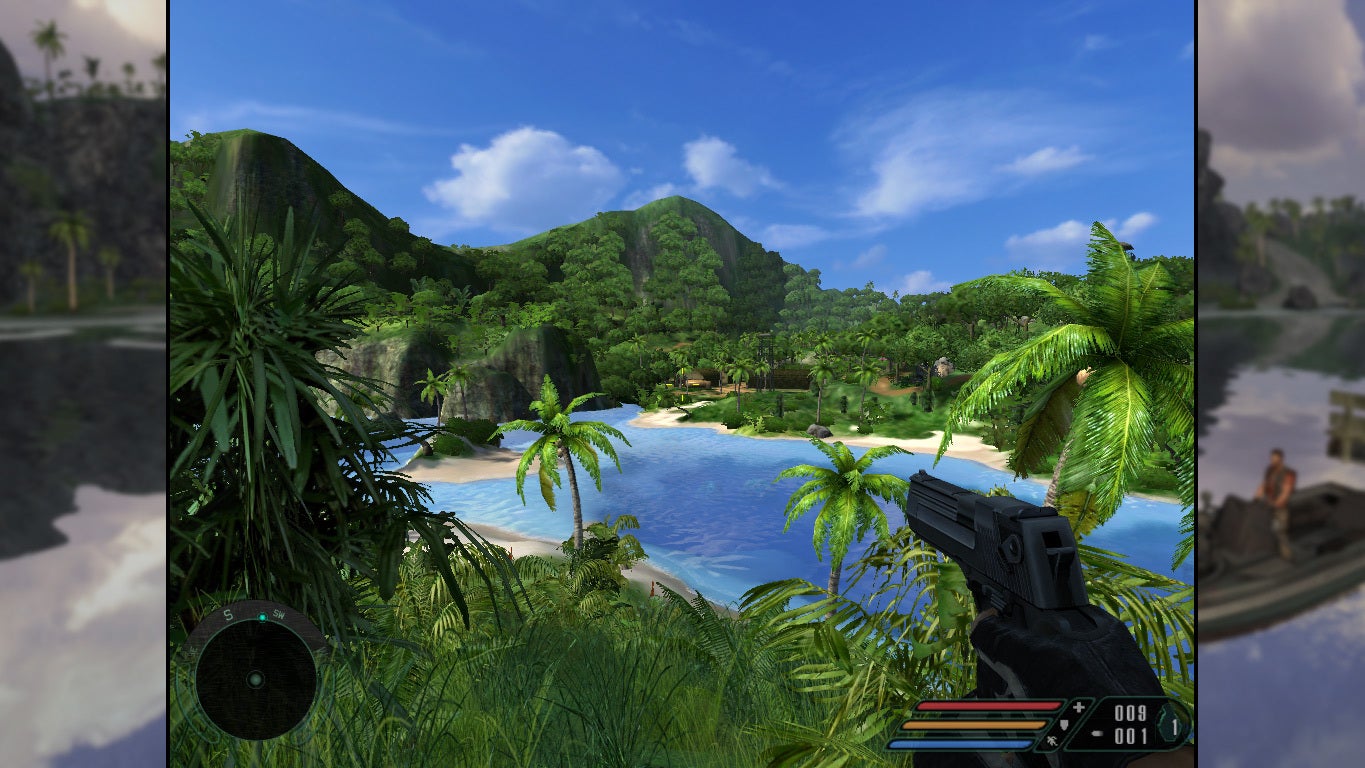
Before Crytek’s Crysis became the benchmark for graphical prowess, it made Far Cry. I’d go over to my PC-owning friend’s place after school just to fly the glider all over the game’s lush tropical environments. With its sprawling levels and multiple avenues for tackling missions, Far Cry opened my eyes to the possibility that a shooter could be this wide open. Unfortunately, the game takes a claustrophobic turn in its final levels, funelling you down hallways filled with Trigens, some of the most frustrating-to-fight enemies in FPS history. I’m glad the series ditched them in subsequent titles, and I’ll always remember the beautiful vistas that preceded them. — Eric Schulkin
Final Fantasy VIII (PSX, 1999)
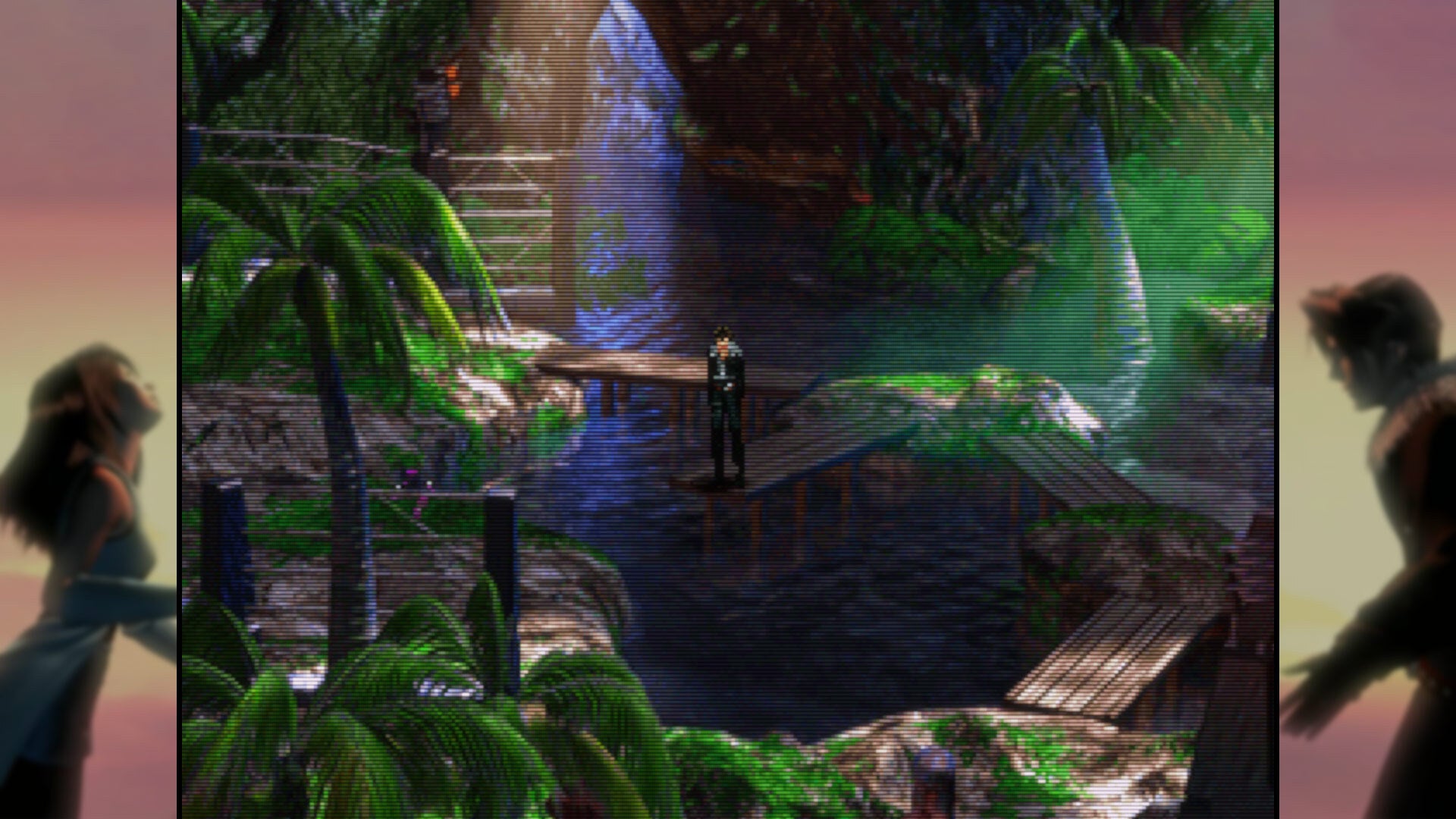
There are many reasons why my love of Final Fantasy VIII has persisted over the years, but I’ll never forget the visual spectacle it packed onto the tiny CRT monitor I used to play on. It starts with the opening: a gorgeous, pre-rendered movie of pure eye candy tastefully showcasing events from the game; no spoilers, just promises of what was to come with elegant characters capable of expressing emotion amid beautiful landscapes and environments. And it wasn’t just the opening: Each character’s introduction cutscene was full of life, making them instantly memorable and charismatic despite never speaking an actual voiced word.
On original, period-appropriate hardware, Final Fantasy VIII’s real-time polygon characters sat perfectly against the pre-rendered 2D backdrops — and in a way that the current Remastered version does not replicate (it’s making me rethink my current playthrough of the modern release in favour of the original). In select sequences, FF8 would also do this wondrous thing where the characters would be controllable over a pre-rendered cutscene, making it feel like you were actually playing amid those gorgeous visuals. Leaving the infirmary is a great example early on, but so is the Edea sequence in Deling City.
Final Fantasy VIII’s environments were a beautiful dreamy landscape of science fiction meets fantasy. The Lunatic Pandora, Sorceress Memorial, the halls of the Ragnarok, and more were all brought to life with delightfully clear pre-rendered backdrops that felt like real, lived-in places. The game weaves its gorgeous riddle of a fantasy tale through that fantastic visual fidelity, and is a large part of why I’m becoming more and more convinced that Final Fantasy VIII is my favourite of the era. — Claire Jackson
Doom 3 (PC, 2004)
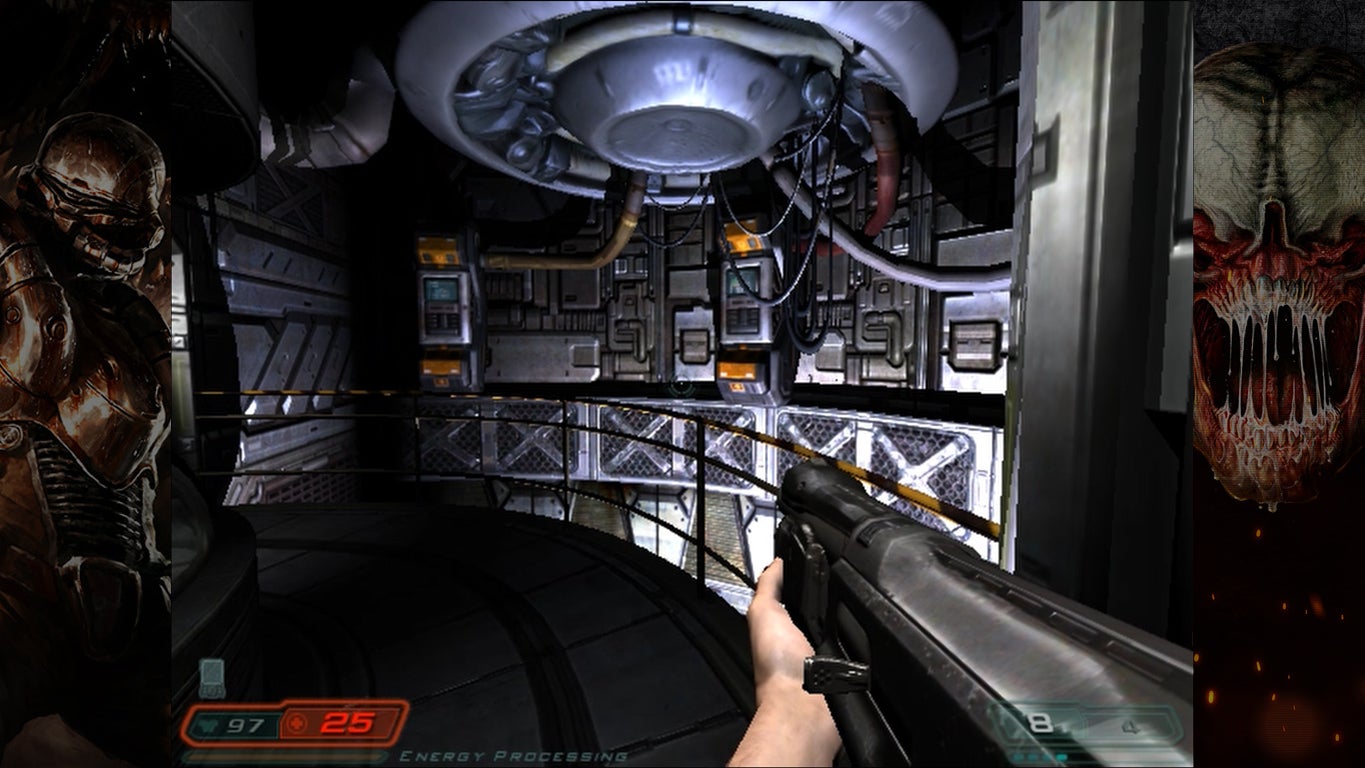
Id Software’s Doom 3 isn’t a great Doom game. It’s slow, dark, and not nearly as “cool” or fun as the seminal first two entries in the revolutionary FPS series. But Doom 3 is a gorgeous and wonderful horror shooter in its own right that features incredible real-time lighting that still holds up in 2023. Doom 3 is a dark game, even with the popular offhand flashlight mod, and it’s how the game uses its shadow — creating striking, creepy corridors that look great, if not always realistic — that still stands out years later. — Zack Zwiezen
Batman: The Video Game (NES, 1990)
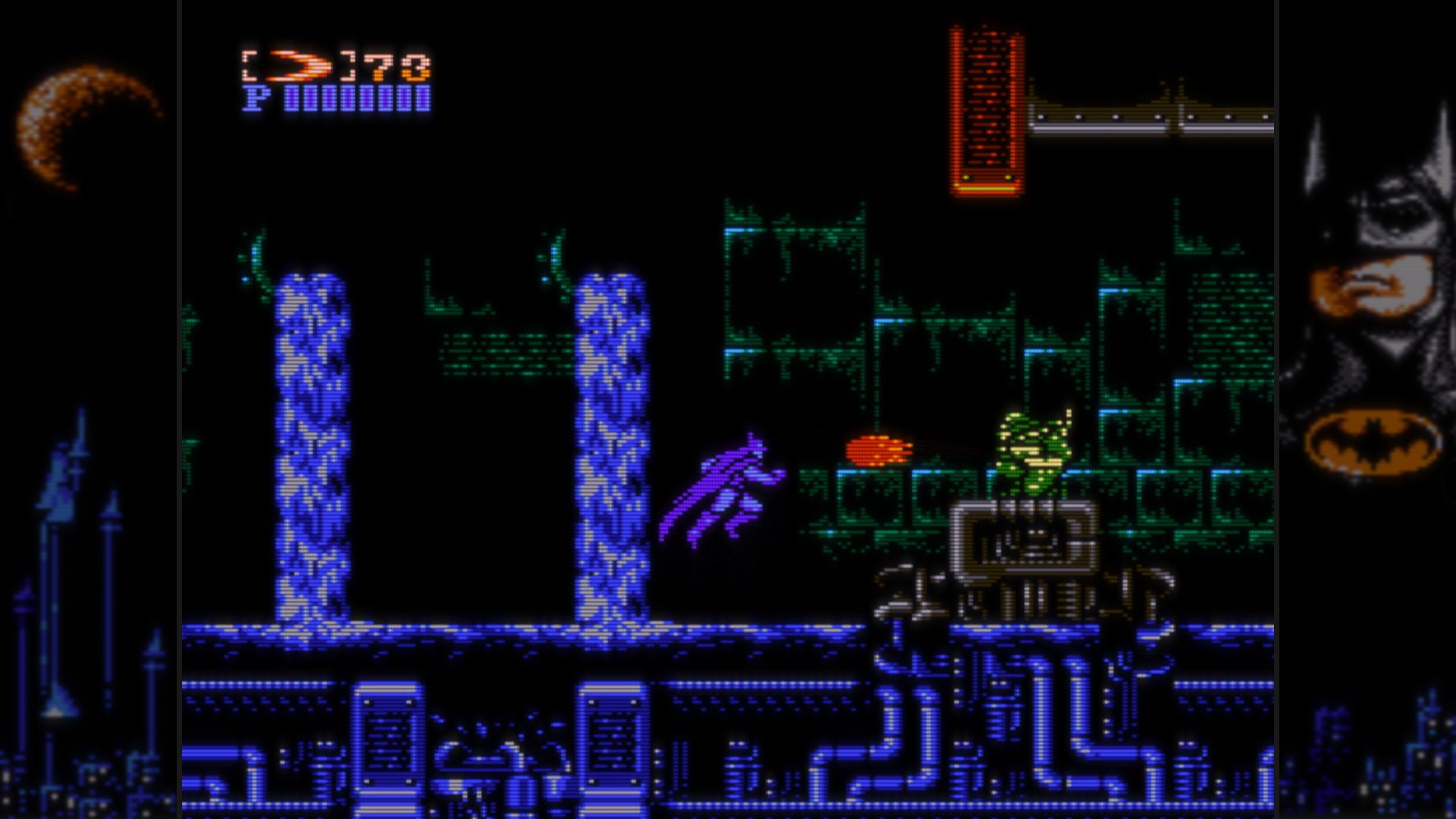
Batman: The Video Game hit in February of 1990, several months after the moody Tim Burton film it was based on, and forever altered my sense of what the Nintendo Entertainment System was capable of. It’s not that the devs at Sunsoft squeezed more raw power out of Nintendo’s ageing hardware. It’s that they used its limited capabilities with remarkable artistic panache to capture the distinctive, noir-ish atmosphere of Burton’s blockbuster.
The opening street scene’s use of shadows suggests the gloomy vastness of Gotham City stretching behind you. In stage two’s Axis Chemical plant, spinning background fans and droplets of green acid give the treacherous environment a foul industrial life. My favourite detail of all: In stage four, the visage of Jack Nicholson’s Joker, laughing of course, is caught on three green video screens, taunting Batman in a haunting, endless loop.
Batman for the NES is a staggeringly gorgeous game, and a testament to just how far great use of colour and attention to detail can go in conveying a mood, even when working with very limited resources. — Carolyn Petit
The Legend of Zelda: The Wind Waker (GCN, 2002)
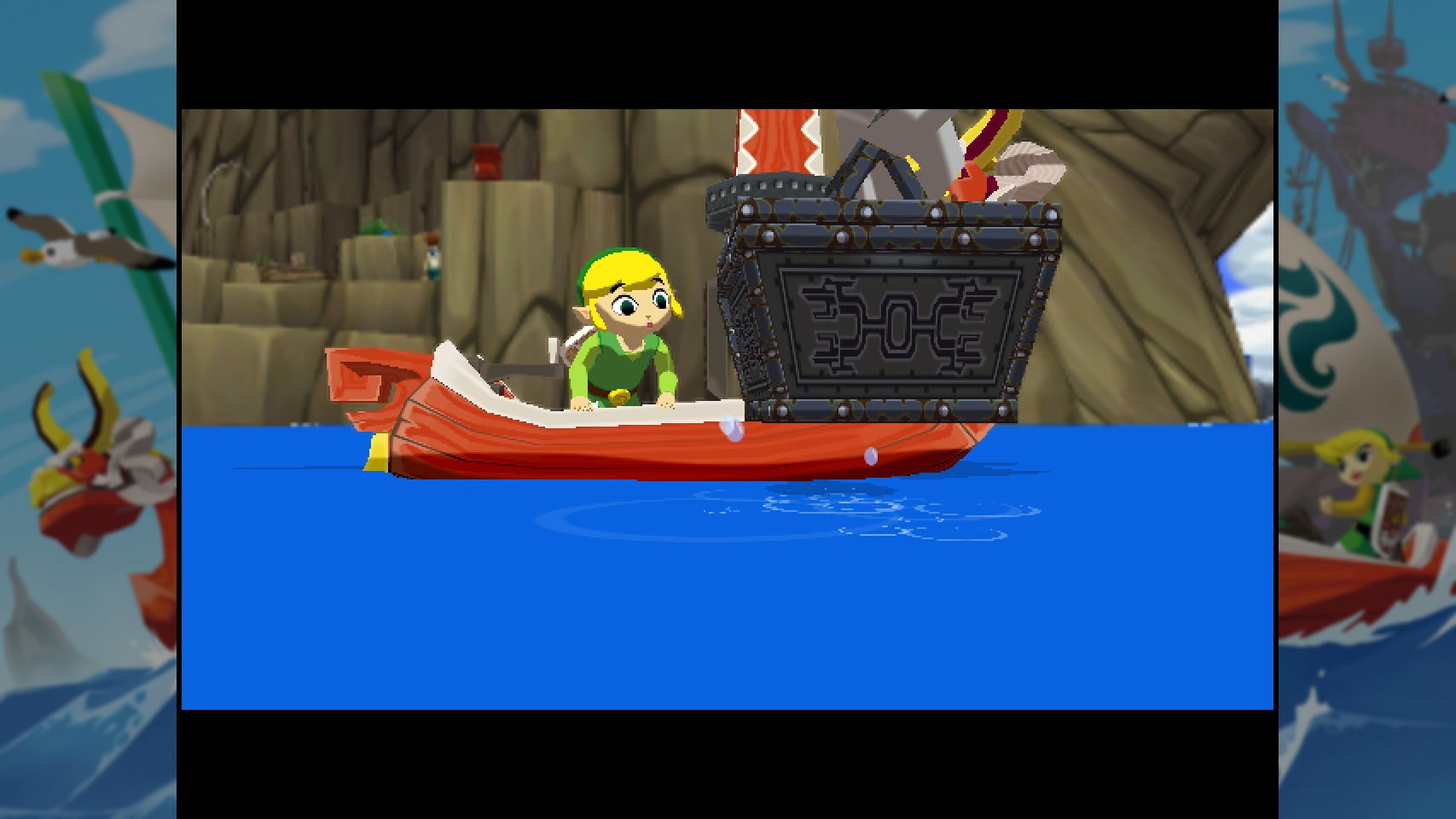
One thing a lot of the games we’re citing have in common is that they looked amazing at the time they were released, but now — years or even decades later — they’re maybe less impressive. Does Far Cry 3 really look that great in 2023? Ehhhh. But every time I look at Wind Waker, my favourite video game of all time, I’m struck by how timeless it is. How the game’s clean visual design, artistic restraint, and clever use of techniques like cel-shading, that we normally associate with motion pictures instead of video games, has it looking just as good today as it first did over 20 years ago. — Luke Plunkett
The Witcher 3: Wild Hunt (PC, 2015)
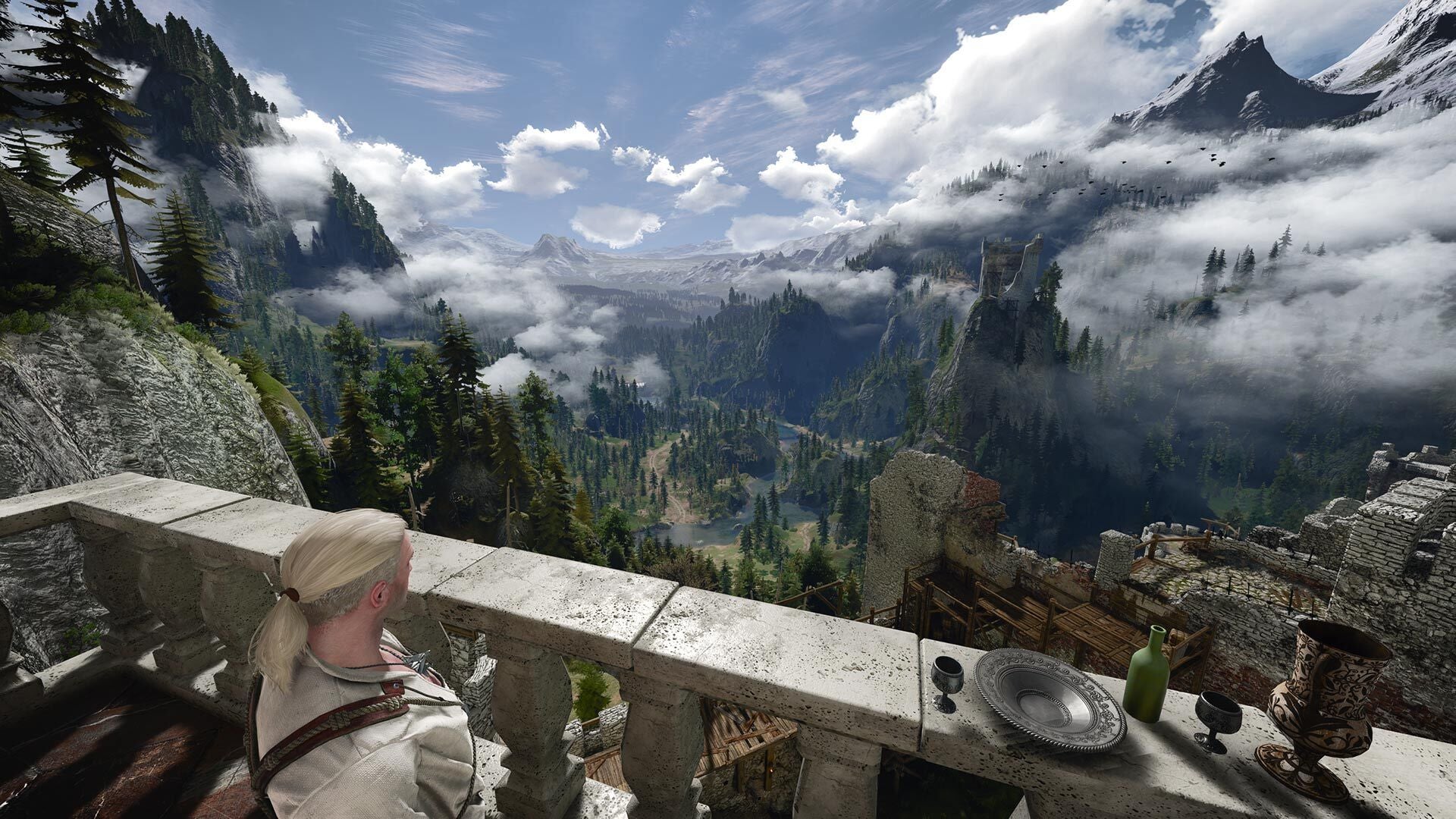
The sunsets. The character models. The damn forest that would occasionally trick my brain into thinking I might be breathing in pollen and suffering an allergic reaction. The Witcher 3: Wild Hunt’s graphics made me truly fall in love with my PlayStation 4. Don’t get me wrong, Sony’s 2013 console had some lookers before then, but The Witcher 3’s visuals had a spark of life that drew me in and refused to let me go until I accomplished every possible thing I could in the game.
My PC friends told me it looked better over on their side, and sure, they were technically right, but it didn’t matter for me as the experience of traversing the thick forests, stalking the streets of Novigrad, is all filled with a density of detail and artistic design that jumps to life whether you’re experiencing it at 30 frames per second or 144.
On the surface, The Witcher 3’s tale is merely a common set of fantasy tropes, but the emotional journey of this cast of endearing characters is truly where the magic is, and an enormous part of why that was conveyed so wonderfully was through the impressive face models, animation, and skin textures. Facial models and animation convey a wide scope of emotion, from subtle sadness and longing, to anger, to humour. The characters don’t just look great, they pop to life and help sell this wonderful tale of misfits who need to stick together. — Claire Jackson
Half-Life 2 (PC, 2004)
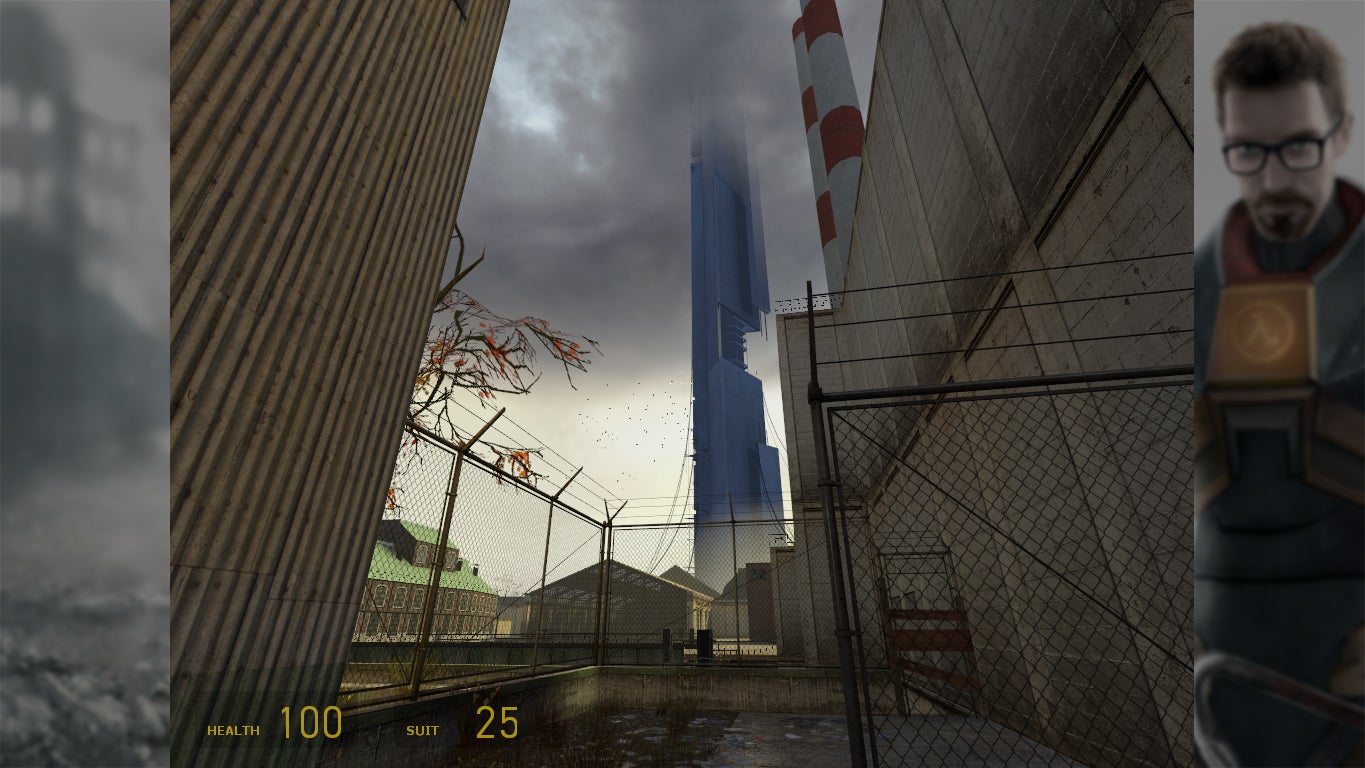
It’s testament to just how far ahead of their time Half-Life 2’s visuals were that, almost 20 years later, it still looks in many ways like a brand-new video game. The peerless visual design of the game — from its decaying, photorealistic streets to its unique alien architecture right down to the game’s UI — helps, but it was also a technical marvel, one of the most impressive video gaming has ever seen. The lighting, the water, the weapon effects, the whole thing. Its achievements can be found in even the most unglamorous places, like the way its lip-syncing technology was better in 2004 than that of some AAA games in 2023. — Luke Plunkett
Super Nintendo’s Mode 7 (SNES, 1990-2000)
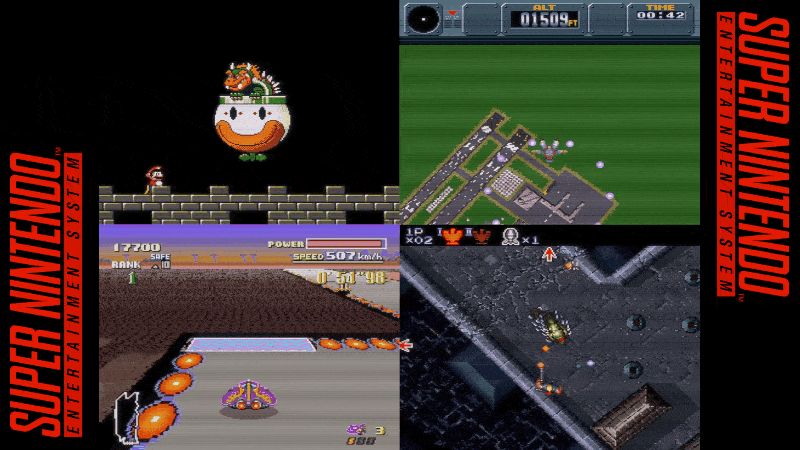
SNES was late to the party. Nintendo had coasted on the success of the Famicom / NES, and by the time it rolled out the Super Famicom in November 1990, next-gen competition like NEC’s PC Engine (TurboGrafx-16) and Sega’s Mega Drive (Genesis) had been on the market for years. SNES didn’t have a particularly fast CPU, so it needed some tricks to set itself apart from the stiff competition.
One of its most distinctive came in a special graphics mode, labelled “mode 7,” that let it smoothly scale and rotate an image, much like in fancy arcade games. Without hardware support these effects were very CPU-intensive, but with mode 7 the SNES could make an object appear to zoom out of or into the screen. In truth, mode 7 was very limited, in that it could not actually scale or rotate sprites; just a single background layer. But that was enough. Clever developers routinely used that spinnable, zoomable background to create the appearance of smooth, 3D motion in both landscapes and (single, fake) sprites, in a way that was difficult for competing consoles to replicate.
Mode 7 wizardry was front and centre in Nintendo’s SNES launch line-up, with the stunningly fast futuristic racing game F-Zero, the convincingly 3D flying game Pilotwings (which actually required an additional maths processing chip in its cartridge), and even some faux-3D trickery in Super Mario World. The effect became a mainstay of the system, and what’s odd to me is that even when later systems like Sega’s 1991 Mega CD got their own, ostensibly more capable sprite scaling and rotation features, they almost never looked as smooth, as high-framerate, as mode 7 on the SNES. Algorithms, man. — Alexandra Hall
Call of Duty 2 (Xbox 360, 2006)
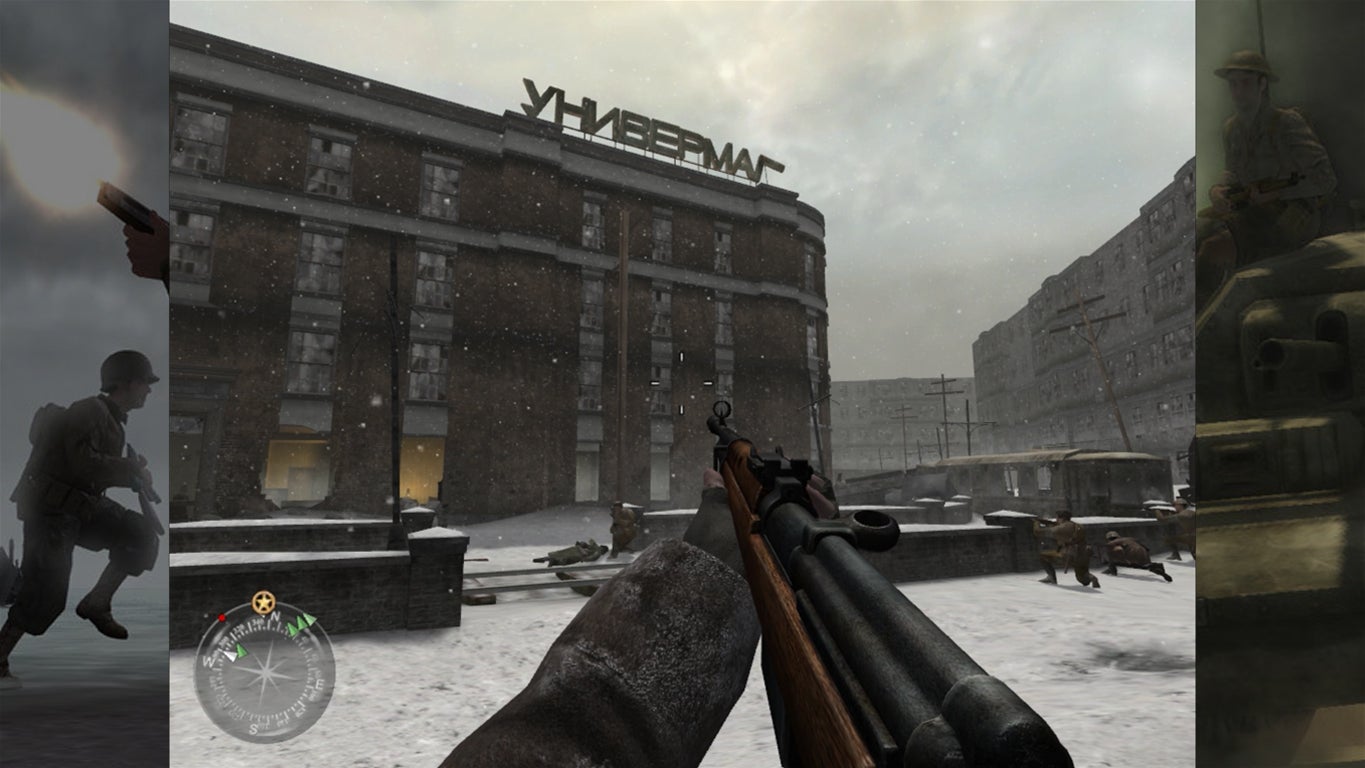
I vividly remember the first time I booted up Call of Duty 2 on my brand-new Xbox 360. The WW2 shooter looked incredible. It was like I was watching a WW2 documentary. I was so impressed that I lugged my new Xbox over to my grandfather’s house to hook it up to his massive HDTV to show him. (He was a big history buff.) I don’t know if he really enjoyed watching, but playing that gorgeous, crisp-looking (720p!) shooter on that TV was incredible and felt truly next-gen. — Zack Zwiezen
Cyberpunk 2077
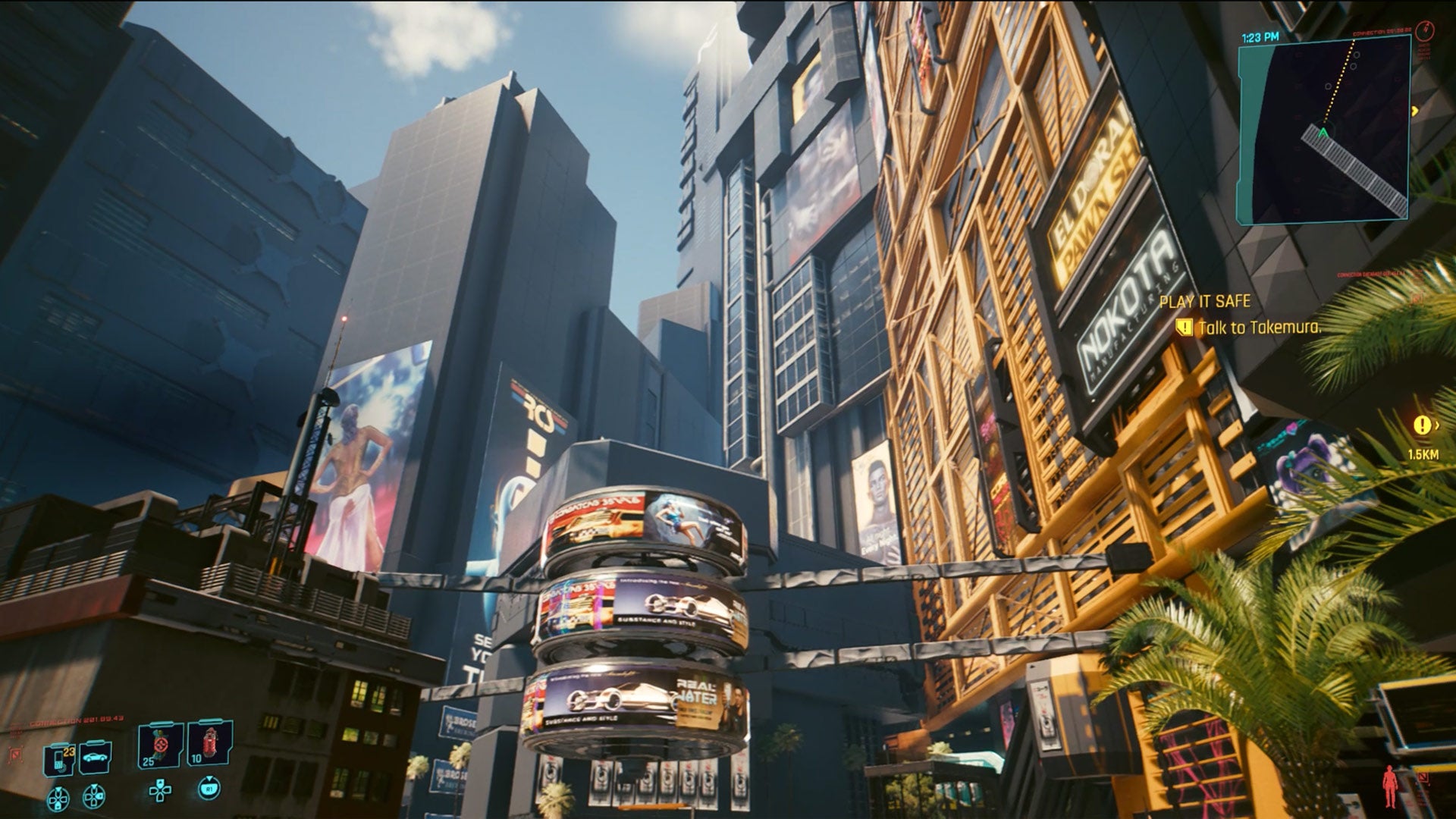
Cyberpunk 2077’s great visual variety, massive sense of scale, and gorgeous ray-tracing implementation make it a wonderful space to just walk and drive around in, even if you’re not convinced by the gameplay and story.
Suggesting Cyberpunk 2077’s charms may only be skin deep is a fair criticism (though I’d disagree), but that skin sure is impressive. The heights of buildings with a draw distance generous enough to let them fill the sky with a sense of awe and foreboding, the dazzling lights that permeate the dark streets, it’s all a thick atmosphere of concrete, steel, and neon that has firmly unseated the old titans of PC graphical excess. We’re gonna be testing new GPUs on this thing for years to come.
While 2077 has impressive moments early on, for me it was the meetup with Takemura in the diner that really pulled me in. I walked there (as I prefer walking to driving in this game whenever I can), taking in the sights and sounds before settling into a booth and having a conversation with the ex-Arasaka agent. As he talked, I glanced over to my left, out the window, which was gently distorting the lights and reflections from outside, and was just hit with the sense of place and scale. I glanced over to my right, out the diner door, to see the hustle and bustle of the city outside still going on all around us. Such a wonderful sense of atmosphere.
Its gameplay shortcomings are well documented, but Cyberpunk 2077’s visual grandeur, whether you’re in the thick of Night City or observing it from the outskirts of the Badlands, can sure as hell draw you in. — Claire Jackson
Demon’s Souls Remake (PS5, 2020)
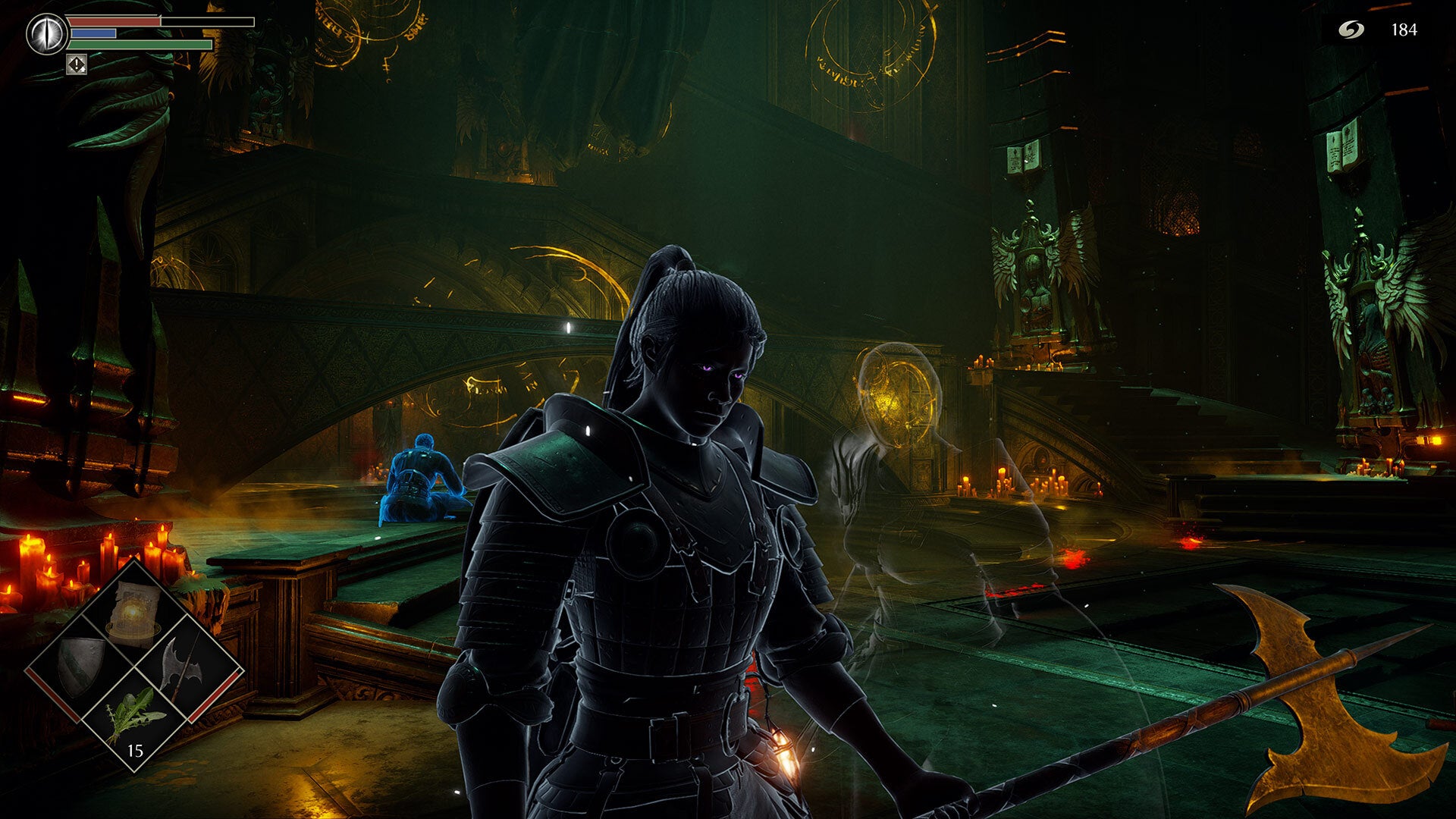
The Demon’s Souls Remake has its flaws, which is to be expected for a near one-to-one copy of the 2009 classic. Yet, when people ask me for PlayStation 5 game recommendations, it’s always towards the top of my list purely for how dang impressive it looks.
Bluepoint’s remake is breathtakingly gorgeous, right from the moment you step into Boletaria. Somehow it’s still one of the few games that really feels next-gen. Console games running at 60fps and 1440p are quickly becoming the standard, but the Demon’s Souls remake was one of the first to accomplish this feat. It felt like I was stepping into a new era of gaming, yet still only scratching the surface of the PS5’s power. — Jeb Biggart
Outcast (PC, 1999)
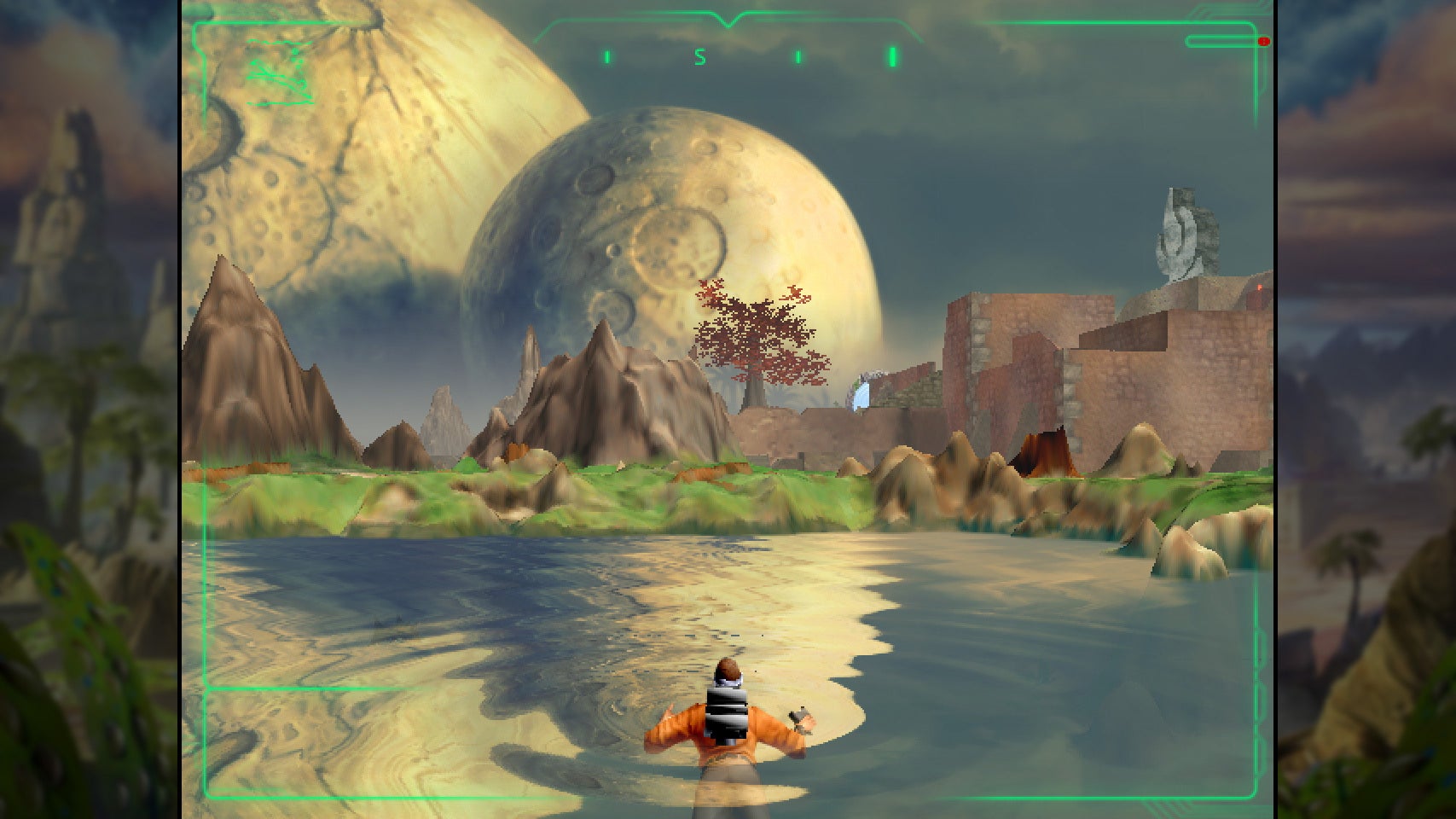
By 1999 the PC GPU revolution was in full swing, though we called them “3D accelerators” at the time. But while PC graphics were rapidly improving, not many 3D games could muster lush, convincing landscapes. To accomplish that, a few games turned away from the accelerated triangle zeitgeist to embrace a completely different technology: “3D pixels” called voxels. But 3D cards didn’t accelerate voxels — all that work fell to the CPU — so voxels could be unpopular among players who really wanted to flex their expensive new GPUs. Their CPU-only nature also meant lower game resolutions. Yet the trade-offs could be worthwhile.
Case in point was Appeal’s Outcast, a terrific third-person action-adventure starring a goofily loveable mercenary messiah-ing his way across an uncommonly detailed alien world. In 1999 a fast PC could had to work to render the game’s voxel-powered landscapes at a mere 512×384, but goodness, those scant pixels were beautiful. (The screenshot above was taken in 640×480.) Outcast’s wide-open, gently undulating terrains made for a stark contrast to the crude, blocky landscapes of Quake II, EverQuest, and contemporary console games, and its water? Oh my goodness, a good decade passed before GPU-powered shader schemes began to regularly outclass Outcast’s gorgeously simulated reflections and real-time ripples. Each region’s painterly, 2D backdrops were a treat, too.
Outcast probably suffered commercially for its technical choices. But Appeal clearly chose the optimal technology for the game it envisioned. I’m sure the many Ulukaï who fell in love with the world of Adelpha and its quirky inhabitants, myself included, would agree. — Alexandra Hall
Halo 3 (Xbox 360, 2007)
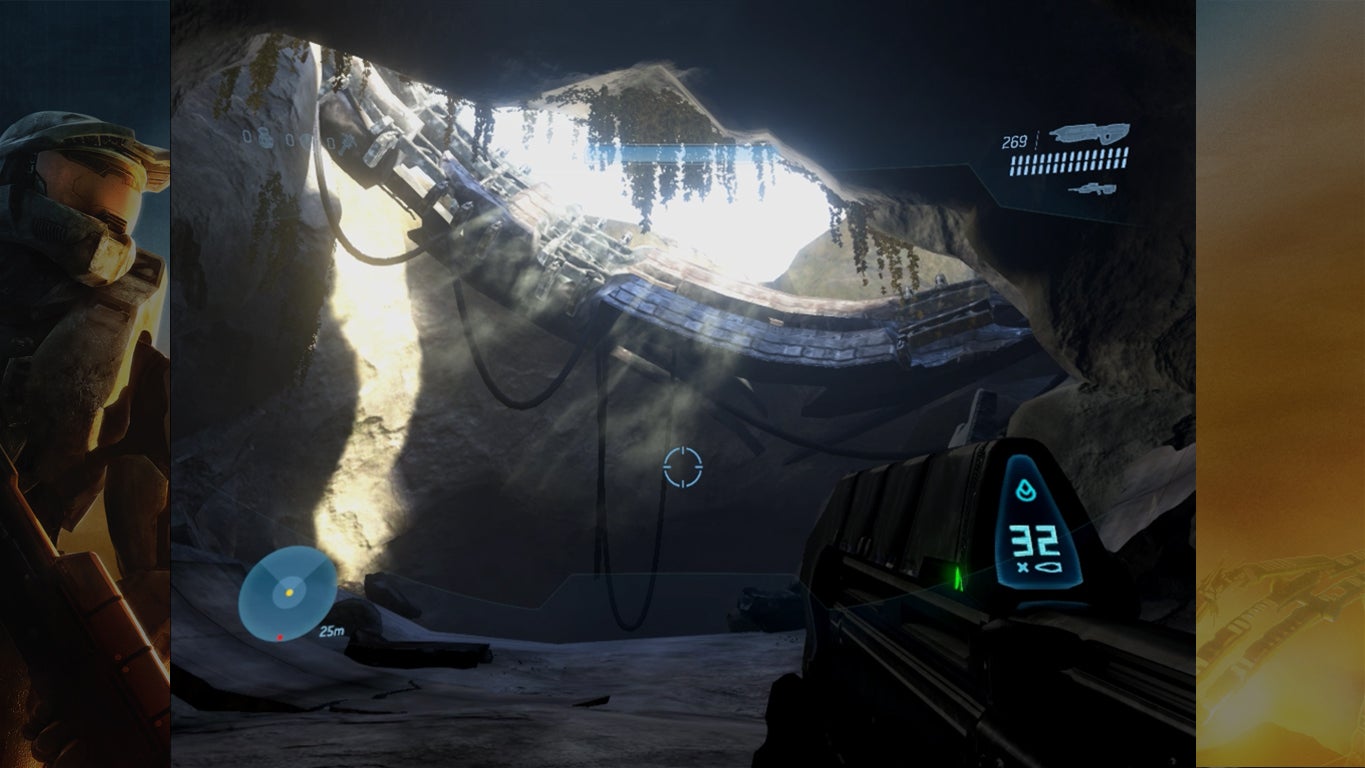
Halo 3’s visuals hit me so hard back in 2007, even on my dinky little SD Toshiba CRT, that I was convinced I’d never need an HDTV. Many Halo games since have surpassed 3’s graphics, but its use of light and colour, particularly in the opening, was simply engrossing. The game’s ability to feature larger gameplay spaces made moments like the landing of the Forward Unto Dawn on Installation 00 feel like I was on the set of a Star Wars movie. And the thrill of fleeing a Scarab tank, only to turn back and watch it explode with an unforgettable shower of particles and light, never gets old (and I’d argue few Halo games since have featured explosions that match it in quality).
And Halo 3’s visuals translated well to the multiplayer, where tools like Forge and Theatre mode granted the ability to pause the action and see the spectacle from any angle. Slowing it down to drive the camera through an exploding Warthog never failed to impress. I’d often just hang out in these spaces with friends in Forge mode, just to take in the ambience of levels like Epitaph, with its cryptic architecture and seemingly endless desert surroundings.
Halo 3’s wonderful explosions, large environments, and excellent lighting easily sold the power of the 360…and yeah, they did get even better when I got an HDTV. — Claire Jackson
The Legend of Zelda: Tears of the Kingdom (Nintendo Switch, 2023)
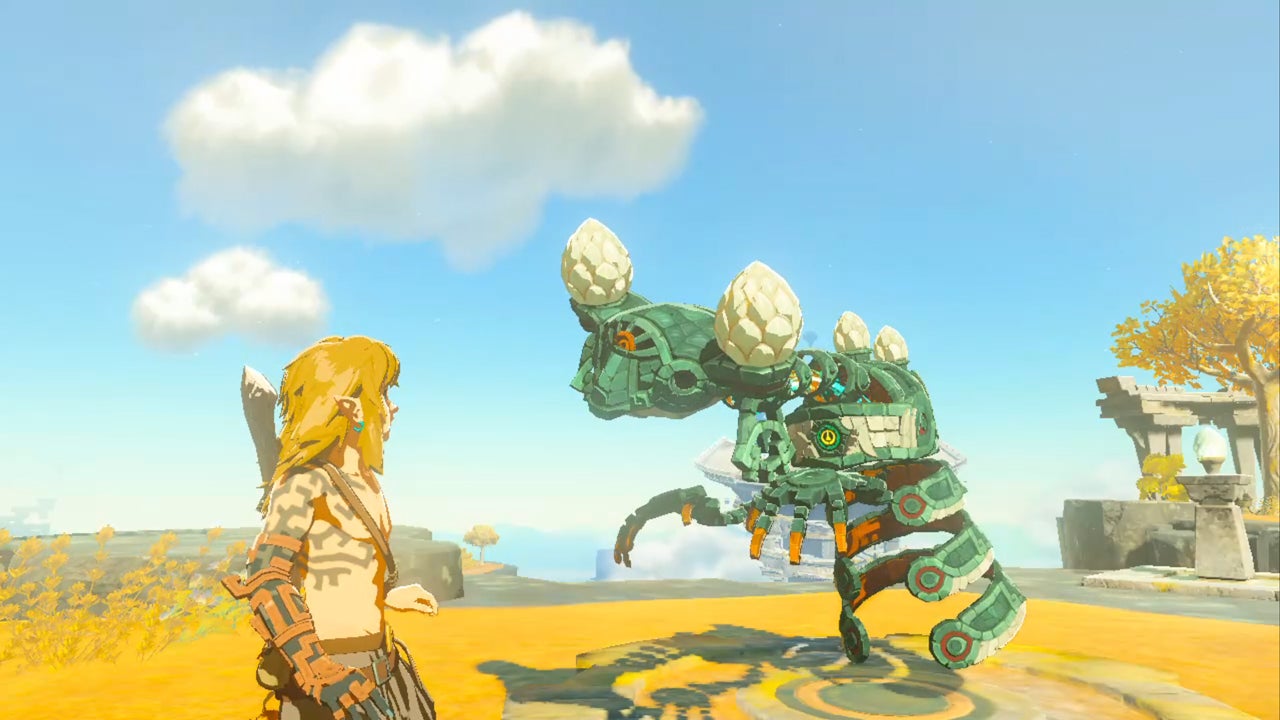
At the time of writing, Tears of the Kingdom hasn’t even been out for a week, and already it’s becoming one of my favourite graphical treats of the generation. Some of that certainly has to do with the stunning feat of technical engineering that must’ve gone into making this thing run so well on the Nintendo Switch, aged hardware which dates all the way back to 2017. But it’s also a testament to rock-solid art design that conveys a sense of wonder and fantasy, rich use of colour, and environments bursting with life and motion.
Whether it’s the epic draw distance, the gorgeous glow of sunlight, beautiful particle effects when using abilities like Ascend, or water that damn near looks lifelike with satisfying natural ripples across the surface, Tears of the Kingdom is simply a delight to just roam about, accomplishing little but taking in the sights.
Read More: Try Zelda: Tears of the Kingdom Without the Minimap, It Makes The Game Better
Hyrule is filled with distant birds flying in formation, mist and clouds floating through the air, grass blowing in the breeze. And though the framerate does dip when you’re up to funny business with some logs, overall performance is stable and reliable. Tears of the Kingdom is a wondrous achievement of software mastery. — Claire Jackson
So, those are our takes! Hopefully some resonated with you. So, what games’ graphics have really blown you away over the years?

Leave a Reply